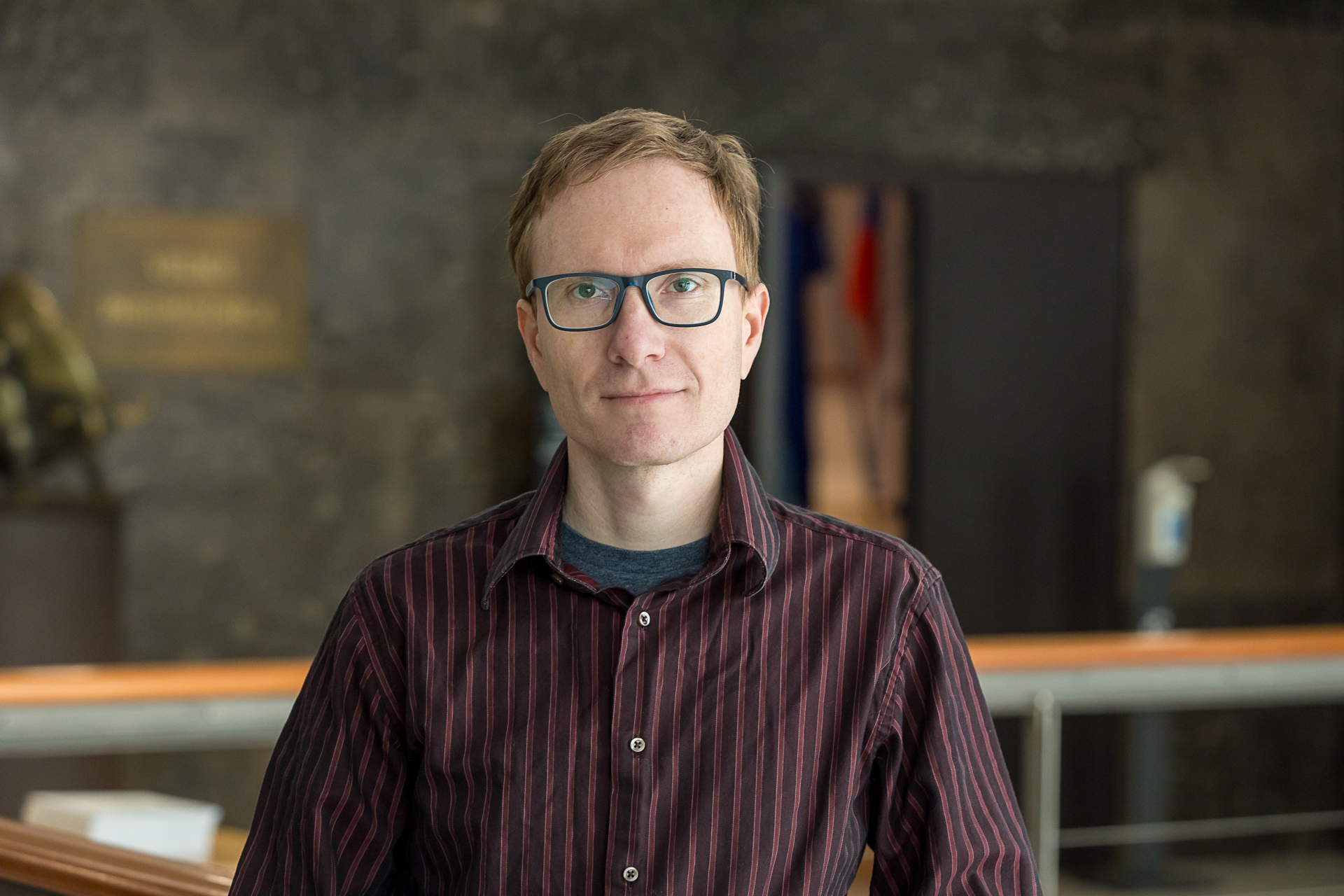The goal of the EdibleLasers project is to create lasers made entirely from edible materials and to use them as sensors in food, medicine, and other products. This field of research is almost non-existent, offering vast opportunities, as such lasers will enable highly precise measurement of food properties, contributing to its quality and safety. Due to their small size, they will not alter the properties of food, and since they are made from the food itself, they will be able to detect freshness changes more quickly. Edible lasers also open up broader applications: as sensors for medical purposes, in substances and products for agriculture, industry, sustainable environmental monitoring, and drinking water quality assessment. In this way, lasers will have a significant impact on quality of life.
EdibleLasers
Edible lasers for safety and authentication of food and pharmaceuticals
Project type: ERC Proof of Concept Grant
Call ID: ERC-2024-POC
Grant agreement ID: GA101188166
Period: 01/01/2025 - 30/06/2026
Participating organization: /
Project value: 150,000.00 EUR
Fields of science: Engineering and Technology / Electrical Engineering, Electronic Engineering, Information Engineering / Sensors / Natural Sciences / Physical Sciences / Optics / Laser Physics
Keywords: /
Abstract
Job offers
There is no opportunity
For more information, contact the project manager.

Doc. Dr. Matjaž Humar
Doc. Dr. Matjaž Humar is the head of the Lab for biophotonics, soft photonics and quantum optics at the Solid State Physics Department. Over his career, he has been awarded three ERC projects. He was the first researcher in Slovenia to receive an ERC Starting Grant and has now also secured an ERC Consolidator Grant. Earlier this year, he also obtained a smaller ERC Proof of Concept Grant to validate research concepts. Humar was the first to demonstrate a laser inside a living cell. Building on this achievement, his research group, under a previous ERC project, developed microlasers made from soft and biological materials, integrating them into cells and tissues to study biophysical and biochemical processes within cells. In general, Humar’s laboratory focuses on developing various optical devices from soft materials. They were also the first to demonstrate that a soap bubble can be used to create a laser. Humar continues to push the boundaries of research by combining previously incompatible fields such as quantum optics, lasers, biological, and soft matter.

